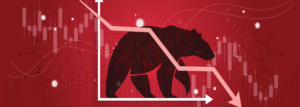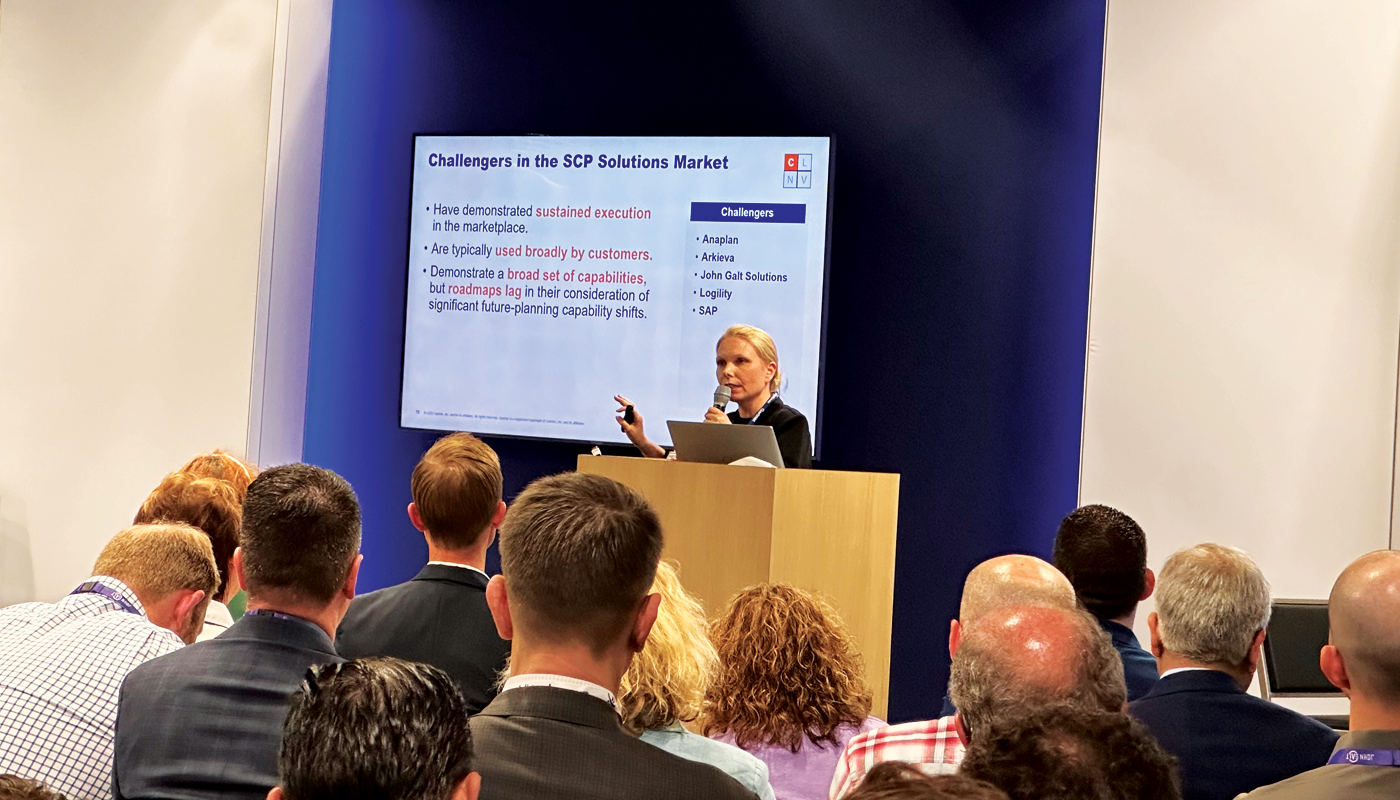If you spend any time searching the web for “recession” and “supply chain,” you will find many articles on the idea that COVID and the extreme supply chain woes of 2020 would bring about a recession. It was assumed that if sellers had nothing to sell, the economy would collapse – or at least slow down. It’s interesting to note that the opposite happened.
Despite job losses and stay-at-home restrictions, many of us survived a brief dip. By early 2021, everything seemed to accelerate. Government payouts in the billions coupled with pent-up demand and high personal savings drove record highs on Wall Street and on Main Street. Unemployment sunk to the lowest levels in years. It appeared we were back, but were we? As it turns out, there was considerable volatility in the global economy. This volatility put intense pressure on the supply chain. As we move to the mid-point of 2022, we have entered a bear market. The next recession is at our doorsteps. Let’s discuss what we can do to rise to the latest challenge.
Promotion Planning
In recessionary times, customers are shopping for a bargain. Often a company will be willing to sacrifice margin to maintain market share. This is because it is expensive to acquire a customer and once you lose them, they may not come back. The recession is temporary. Market share loss is typically not as temporary. Good promotion planning software can help align suppliers in a way that ensures that when you offer a discount, the product is actually there for consumption. It will also allow you to set the right balance between revenue and margin when pricing and timing the promotion.
Demand Planning
Can you forecast recessionary demand based on past recessions? Advanced planning software will let you play out several scenarios and help find the ideal demand projection based on past results and your sense of the current market. Just keep in mind that product mix and suppliers are likely different. So, it is a good idea to play out as many scenarios as possible and think through the outcomes. This is not a “set it and forget it” activity.
Also, in cash-strapped times it makes sense to take a hard look at items with unpredictable and/or intermittent demand. Often these items are kept in stock to maintain contracted service levels (such as an HVAC company with a guarantee of 1-day availability on parts). Knowing the right number of items to have on hand will free up cash and avoid penalties.
Supply Planning
During economic contractions, the health of your suppliers is paramount. Suppliers aggressively chasing receivables, senior-level staff turnover, missing deadlines or sending incomplete orders are all signs that they are not on strong footing. When you see these signs, it is prudent to seek alternatives. Control what you can. Conduct regular supplier health scorecards and be aggressive about acting on known risks. Do not wait for a supplier crisis to come to you.
Sustainability
Sometimes the belt-tightening that a recession necessitates is right under your nose. Consider how much internal waste there is in your operation. Arkieva’s Dr. Vicky Folmar has written (and consulted) extensively on Sustainability and Circularity in Supply Chain Planning, educating our customers on turning “waste streams” into “revenue streams.” Before throwing something away, think about how it can be repurposed and/or monetized. There is a lot of cash in your trash, and you can profit from it.
Government Intervention
Government actions in times of recessions can involve tariffs, interest rates, and cash infusions/tax credits to hurting economic sectors. It is important to remain current on government actions and plan for the impact on your business. You may need to onshore some items or find other avenues to secure products (if you import). Speak with industry lobbying organizations and make your voice heard.
You and Your Team
Where there is change, there is opportunity. Take this stressful economic time to plan for innovation. Often challenging times create the best ideas. Especially if it becomes clear that you cannot continue to do it the “old way.” A well-timed pivot in suppliers, technology, and/or product mix can make a significant difference. It is hard to see ahead 2 to 5 years when you are in the ‘thick of it’, but unless you are moving forward, you risk going backward. Meet with the team, ask for ideas, evaluate new concepts, and keep on the offensive.
This is not an extensive list of ways to address recessionary times. Every business and vertical is different and has unique challenges. If you want to go deeper on these or other topics. Contact a member of the Arkieva team. We will be happy to speak with you.






